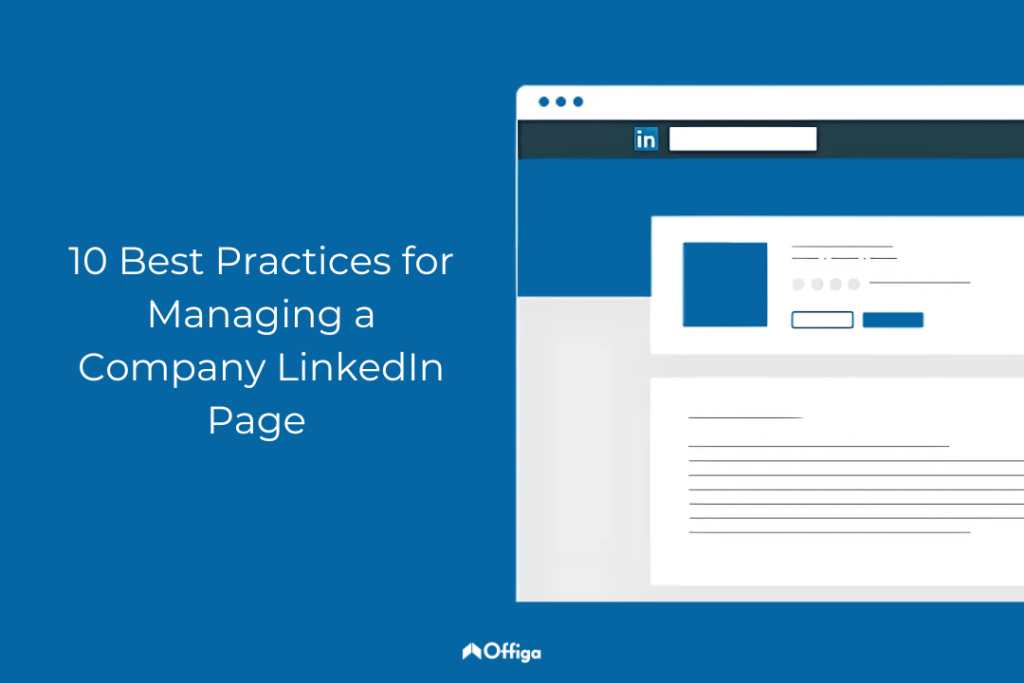Employee retention is a critical challenge for organizations in today’s competitive talent market. Losing top performers is costly, disruptive, and impacts team morale. While competitive compensation is essential, it’s not the only factor that influences employee loyalty. This guide outlines proven employee retention strategies for 2025, focusing on creating a positive, supportive, and engaging work environment.
Foster a Culture of Appreciation and Recognition:
Employees want to feel valued and appreciated for their contributions. Regularly recognize and reward their achievements, both big and small. Make recognition specific, timely, and authentic. A simple “thank you” or a public acknowledgment can go a long way. Consider implementing a formal employee recognition program to celebrate successes.
Invest in Employee Development and Growth:
Provide opportunities for employees to learn new skills, advance their careers, and reach their full potential. Offer professional development programs, mentorship opportunities, tuition reimbursement, and internal mobility options. Show employees that you’re invested in their future. Connecting learning opportunities to career paths is especially effective.
Prioritize Employee Well-being:

A healthy work-life balance is crucial for employee well-being and retention. Encourage reasonable working hours, offer flexible work arrangements where possible, and promote vacation time. Provide wellness programs, such as gym memberships, mental health resources, and stress management workshops.
Create a Positive and Inclusive Work Environment:
Foster a culture of respect, inclusivity, and open communication. Ensure that all employees feel valued, respected, and heard. Promote diversity and create a sense of belonging. Actively solicit employee feedback on how to improve inclusivity and address any concerns promptly.
Offer Competitive Compensation and Benefits:
While not the only factor, competitive compensation and benefits are still important. Regularly review your compensation packages to ensure they are in line with industry standards. Offer a comprehensive benefits package that includes health insurance, retirement plans, paid time off, and other perks that are valuable to your employees.
Provide Opportunities for Meaningful Work:

Employees want to feel that their work has a purpose and makes a difference. Connect their work to the company’s mission and values. Provide opportunities for them to contribute to meaningful projects and initiatives. Clearly define how each role contributes to the bigger picture.
Empower Employees and Give Them Autonomy:
Trust your employees to do their jobs and give them the autonomy to make decisions. Empowerment and autonomy can increase job satisfaction and motivation. Provide clear guidelines and expectations, then step back and allow employees to manage their own work.
Foster Strong Relationships and Teamwork:
Encourage teamwork and collaboration. Create opportunities for employees to connect with each other, both professionally and socially. Strong relationships at work can lead to increased job satisfaction and a sense of community. Team-building activities can be helpful, but also consider creating opportunities for informal social interaction.
Regularly Solicit Feedback and Act on It:

Regularly ask for feedback from your employees about their experiences at work. Act on the feedback you receive and communicate the changes you’re making. This shows employees that their opinions are valued and that you are committed to improving their work experience. Use a variety of feedback mechanisms, such as surveys, focus groups, and one-on-one meetings. Keywords.
Promote Work-Life Integration:
Recognize that work and personal life are intertwined. Offer flexible work arrangements, such as remote work options or flexible hours, where possible. Support employees in managing their work and personal responsibilities. Be mindful of workload and avoid excessive demands on employees’ time.
For additional resources and inspiration on building a positive and engaging workplace, consider exploring industry best practices and innovative employee engagement strategies.
By implementing these employee retention strategies, you can create a workplace where your best employees feel valued, engaged, and motivated to stay. Investing in employee retention is an investment in your company’s future. According to SHRM, it can cost a company one-half to two times an employee’s annual salary to replace them. Furthermore, research shows a strong correlation between employee engagement and retention rates. A proactive approach to retention is essential for building a high-performing and successful organization. A strong retention strategy is not just good for your employees, it’s good for your business.




